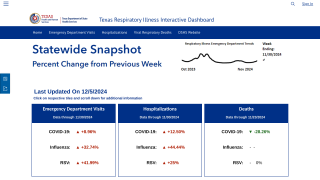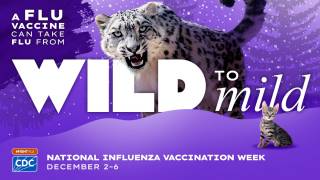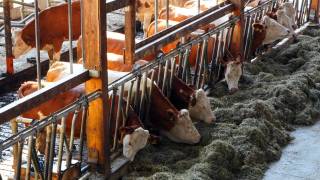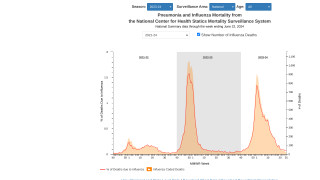Pediatricians Now Endorse Both Flu Shots & Nasal Spray Vaccine

The American Academy of Pediatrics (AAP) no longer will express an Academy preference between the flu shot or the nasal spray vaccine for children during the 2019-2020 flu season.
This AAP recommendation on March 14, 2019, comes after the Academy reviewed current data on vaccine coverage and effectiveness and flu season characteristics.
For the 2018-2019 influenza season, the Academy recommended using the flu shot (inactivated influenza vaccine, IIV) as the primary vaccine choice.
The new AAP perspective also considered the reformulation of the nasal spray vaccine.
The AAP and Centers for Disease Control and Prevention (CDC) did not recommend using the nasal spray (live attenuated influenza vaccine, LAIV) in 2016-2017 or 2017-2018 due to poor effectiveness against H1N1 strains.
This AAP guidance is expected to be similar to the recommendations from the CDC, which recommends annual influenza vaccinations for everyone 6 months and older.
Flor M. Munoz, M.D., FAAP, a member of the AAP Committee on Infectious Diseases (COID), said in a press release, “Any licensed influenza vaccine given as indicated for age and health status can be used to protect children against influenza in 2019-2020.”
LAIV manufacturer AstraZeneca has since changed the formulation of the vaccine to include a new strain (A/Slovenia) that it suggested would produce better antibody responses than the previous H1N1 strain (A/Bolivia).
In making a recommendation for 2019-2020, the Academy reviewed U.K. data showing that the reformulated LAIV has been effective against influenza A/H1N1 for children this season when H1N1 has been the predominant circulating strain.
While U.K. effectiveness data tend to differ somewhat from U.S. data, AAP leaders said the data were encouraging. The Academy also considered the reported effectiveness of LAIV against other influenza virus strains.
“This year, we’re just feeling more comfortable with current data that (LAIV) has been effective,” said Yvonne A. Maldonado, M.D., FAAP.
U.S. data for LAIV effectiveness are not expected to be available this season due to low utilization compared to IIV.
However, the CDC released interim effectiveness data for all vaccines, which showed 61% effectiveness against medically attended influenza for children and 48% for the overall population.
H1N1 viruses have been predominant for much of the season, although H3N2 viruses recently surpassed them in some US regions.
The CDC’s Advisory Committee on Immunization Practices is expected to discuss its flu policy in June 2019, but recently said it does not anticipate major changes.
In that case, the CDC and AAP policies will be similar next season. The AAP policy statement on influenza immunization in children will be published later this year in Pediatrics.
Our Trust Standards: Medical Advisory Committee

























